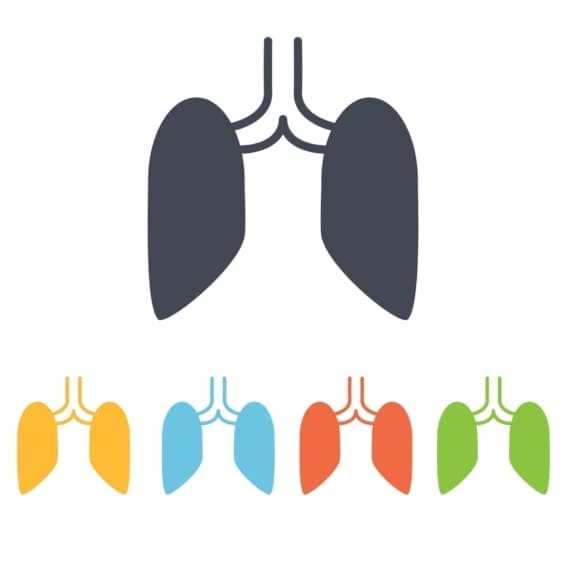
What is shortness of breath?
Shortness of breath is the feeling that you cannot get enough air into your lungs. It can signal an underlying health problem. Sometimes the feeling is worse when you are physically active or when you lie down flat. You may have other symptoms such as a cough or a fever.
If you are experiencing any of these problems, tell your doctor. If your shortness of breath is sudden or severe, or if you also have chest pains, you should call 911.
Symptoms
When you have shortness of breath, you feel as though you can’t catch your breath. You feel as though you can’t get enough air in your lungs or breathe deeply. You may also feel a tightness in your chest.
Causes
Shortness of breath can be caused by many things, including:
- Asthma
- Other lung diseases (including emphysema, which is a lung disease that is most often caused by smoking)
- Heart failure
- Panic attacks
- Allergies
If you are short of breath with a cough and/or fever, you may have a chest infection or pneumonia. Less common causes of breathing problems are lung cancer, a blood clot in the lungs, air leakage around the lungs, and scarring of the lung tissue.
Diagnosis
Your doctor can help find the cause of your breathing problem. They will begin by asking you questions about your symptoms and performing a physical exam. Your doctor also may order some tests.
To find the cause of your shortness of breath, your doctor may order a chest X-ray. They will also measure the oxygen saturation of your body by placing an oximeter on your finger.
They may also order an electrocardiogram (also called an ECG). During this test, your doctor will have you lie down so your heart can be monitored. The ECG machine creates a picture, or tracing, that shows your heart’s electrical signals.
You may need to have a computerized tomography (CT) scan, which is another type of X-ray. Your doctor may measure the strength of your breathing (called a spirometer) and the oxygen level in your blood. You also may need to have a blood test or specialized lung test called pulmonary function test (PFT).
Can shortness of breath be prevented or avoided?
Whether you can prevent shortness of breath depends on what is causing it. If it is caused by allergies, you may be able to prevent it by identifying your allergy trigger. Once you know what triggers your allergies, you can do your best to avoid it. If your shortness of breath is caused by smoking, stopping can help prevent it. Other causes may not be as easy to avoid. If it is caused by a medical condition such as asthma, inhalers can help.
Treatment
Your doctor will treat the cause of your breathing problem. To help your treatment, if you smoke, you need to stop. Ask your doctor for help. Also, avoid breathing chemicals that can bother your lungs, such as fumes from paint and car exhaust. If your doctor says it’s okay, you should try to get plenty of exercise.
Living with shortness of breath
It can be scary to have frequent shortness of breath. It can be less scary if you learn to control it. Work with your doctor on a customized control plan. Your doctor may suggest medication, an exercise program, breathing techniques, or a combination of these. In some cases, he or she may recommend supplemental oxygen.
Questions to ask your doctor
- What is the likely cause of my shortness of breath?
- Do I need any tests to help determine the cause of my shortness of breath?
- Is shortness of breath a sign of a more serious problem?
- Is it safe for me to exercise? What kind of exercise can I do?
- Based on the cause of my shortness of breath, what’s the best treatment option?
- What lifestyle changes can I make at home to help relieve my symptoms?
![]()
Copyright © American Academy of Family Physicians
This information provides a general overview and may not apply to everyone. Talk to your family doctor to find out if this information applies to you and to get more information on this subject.








